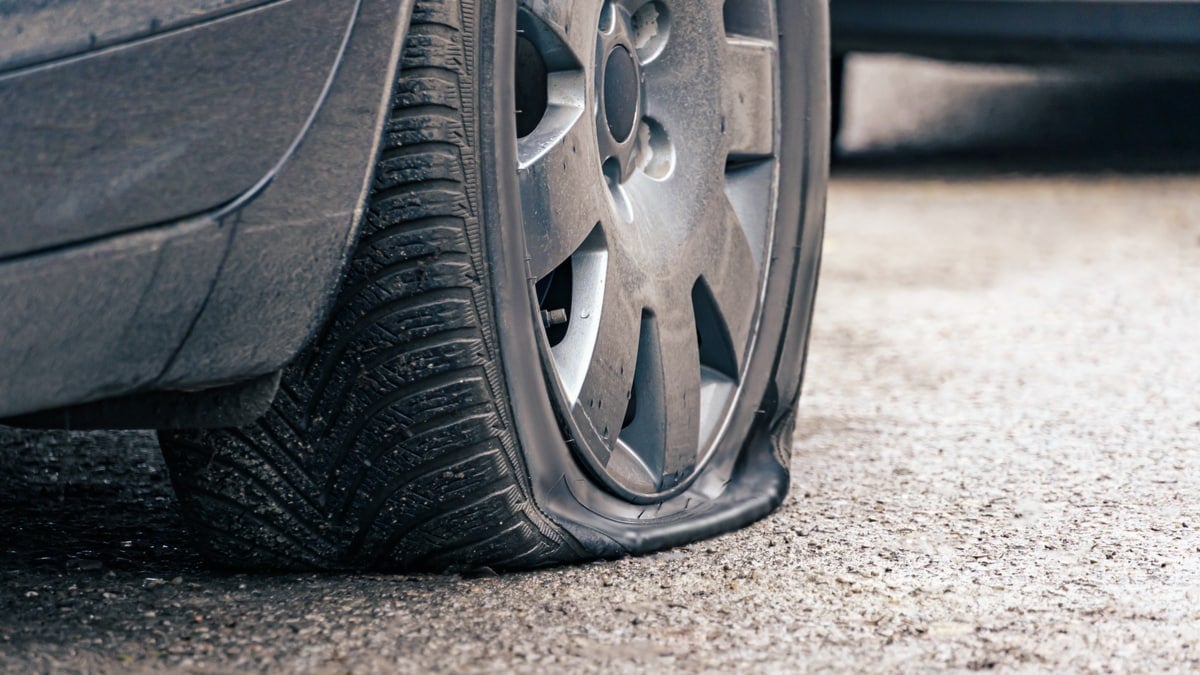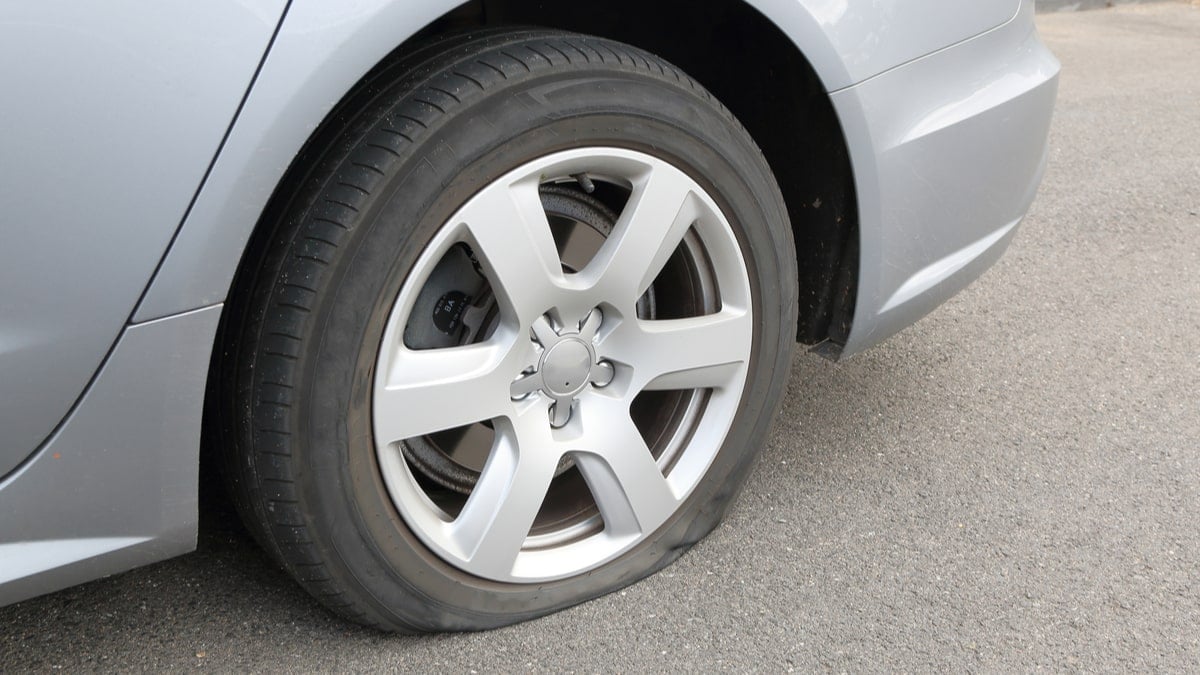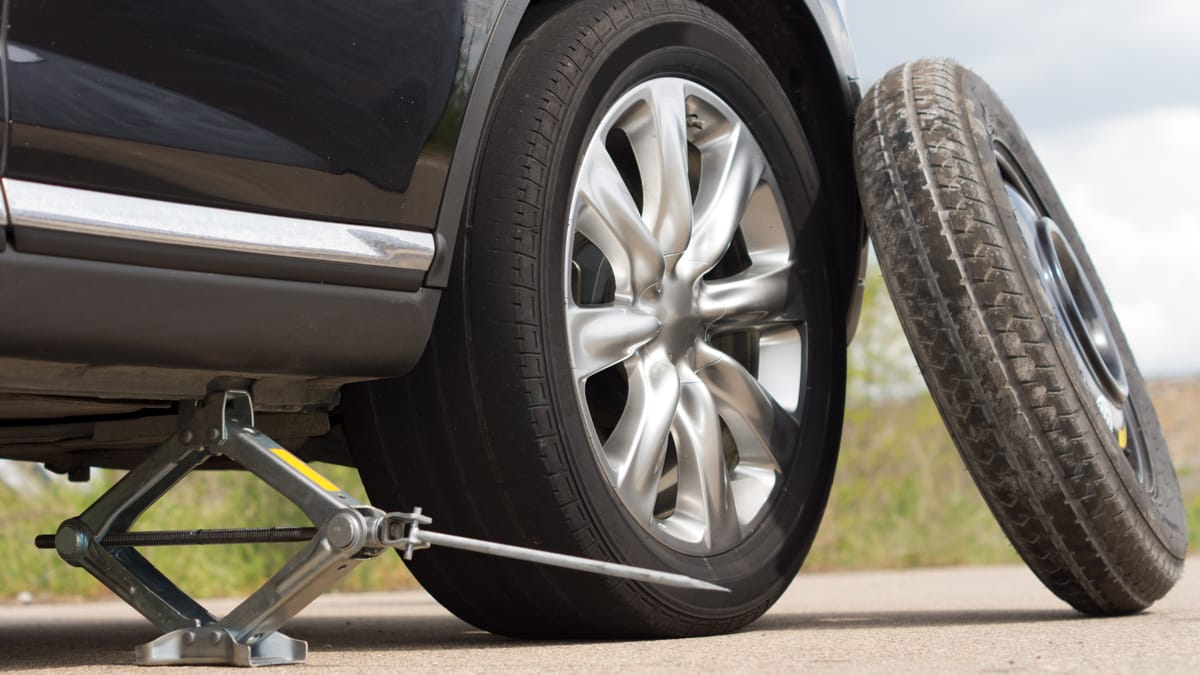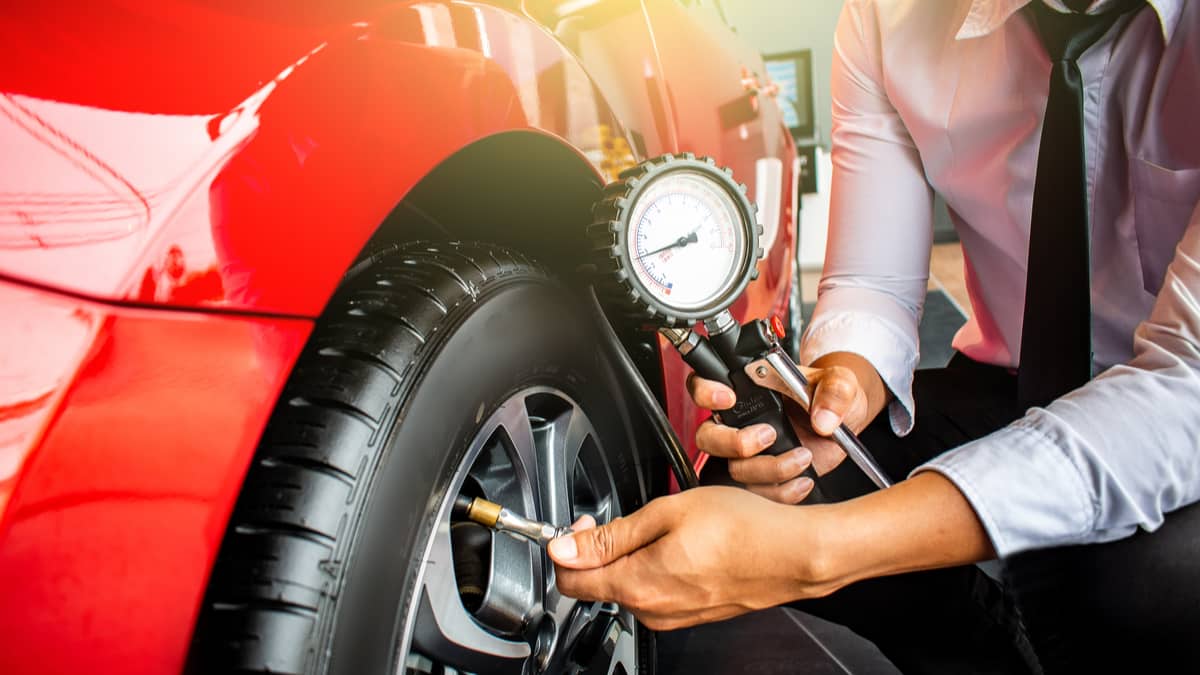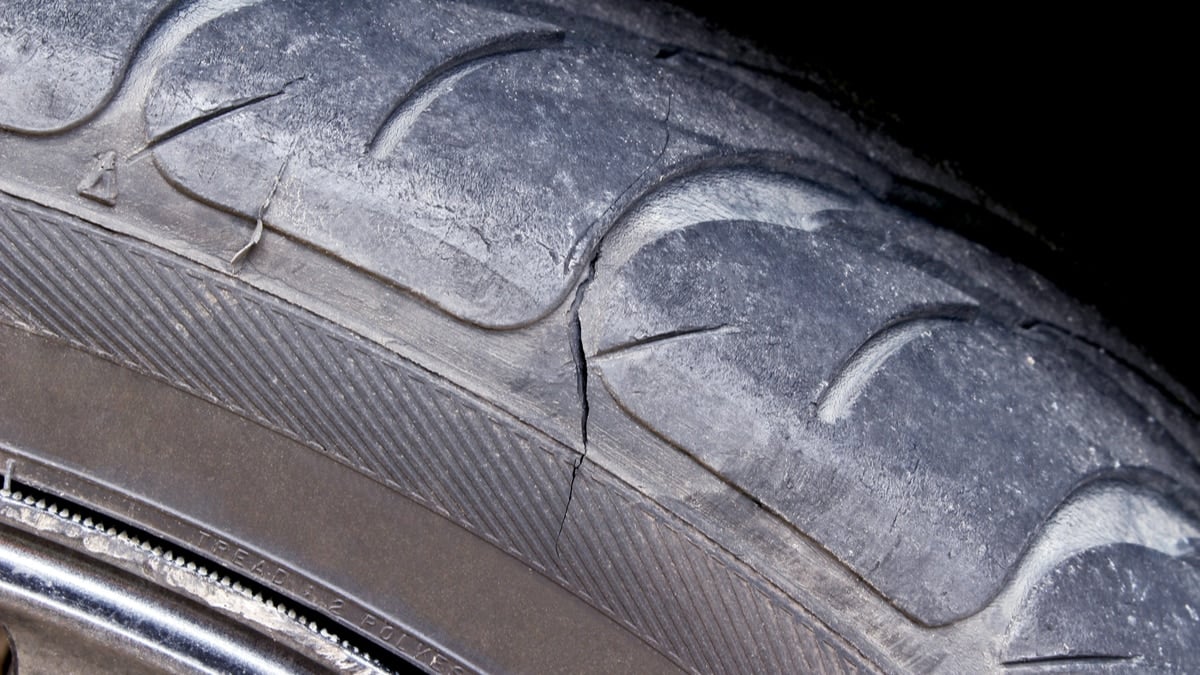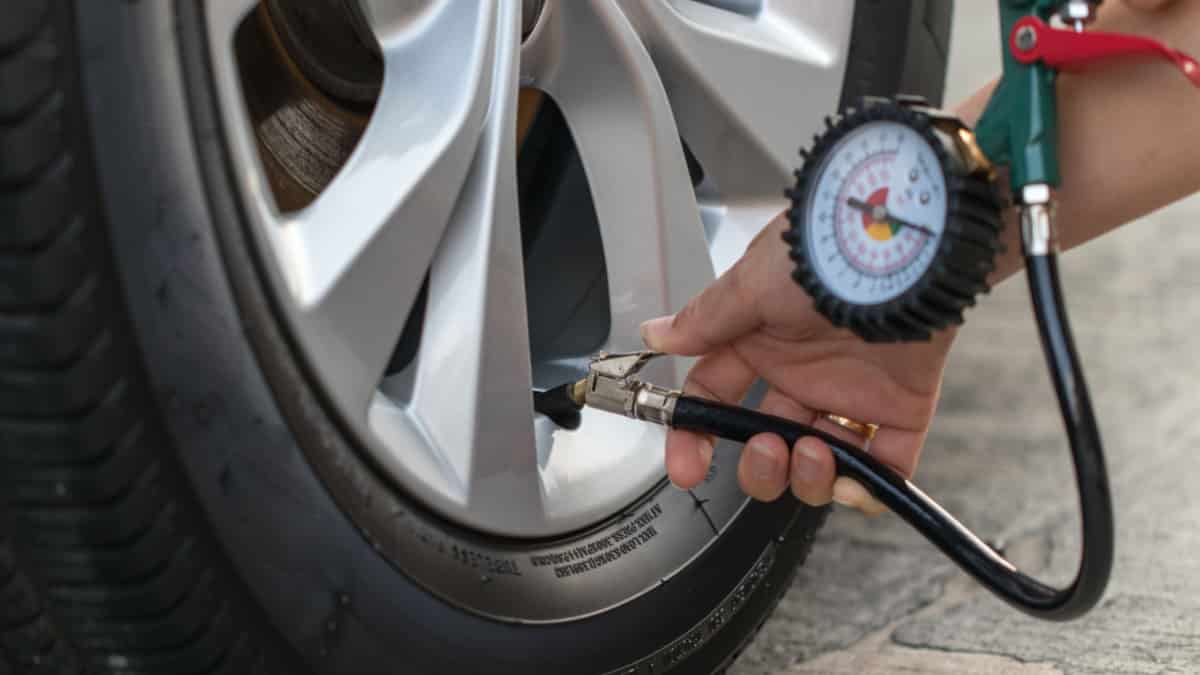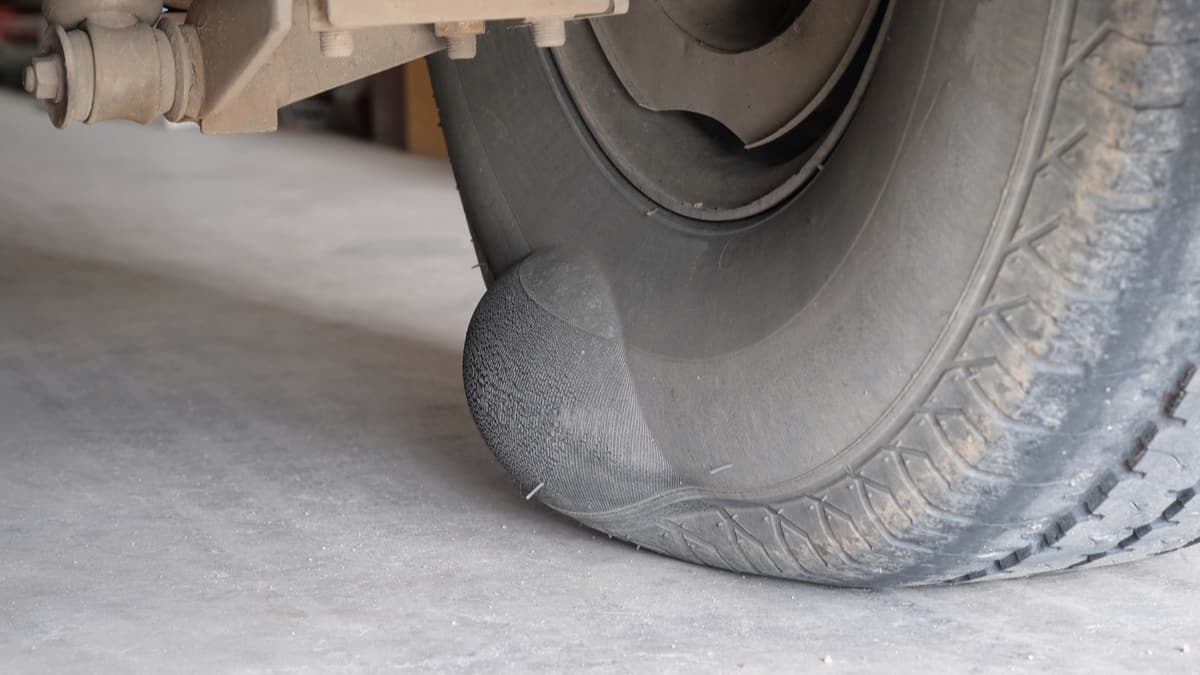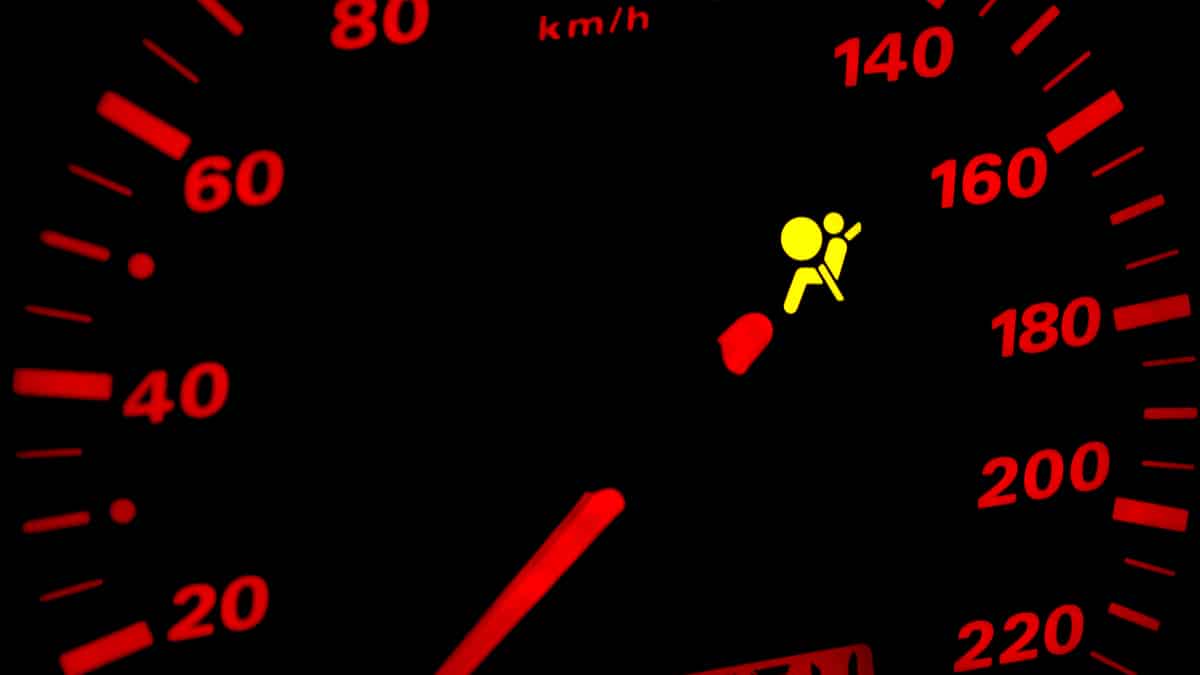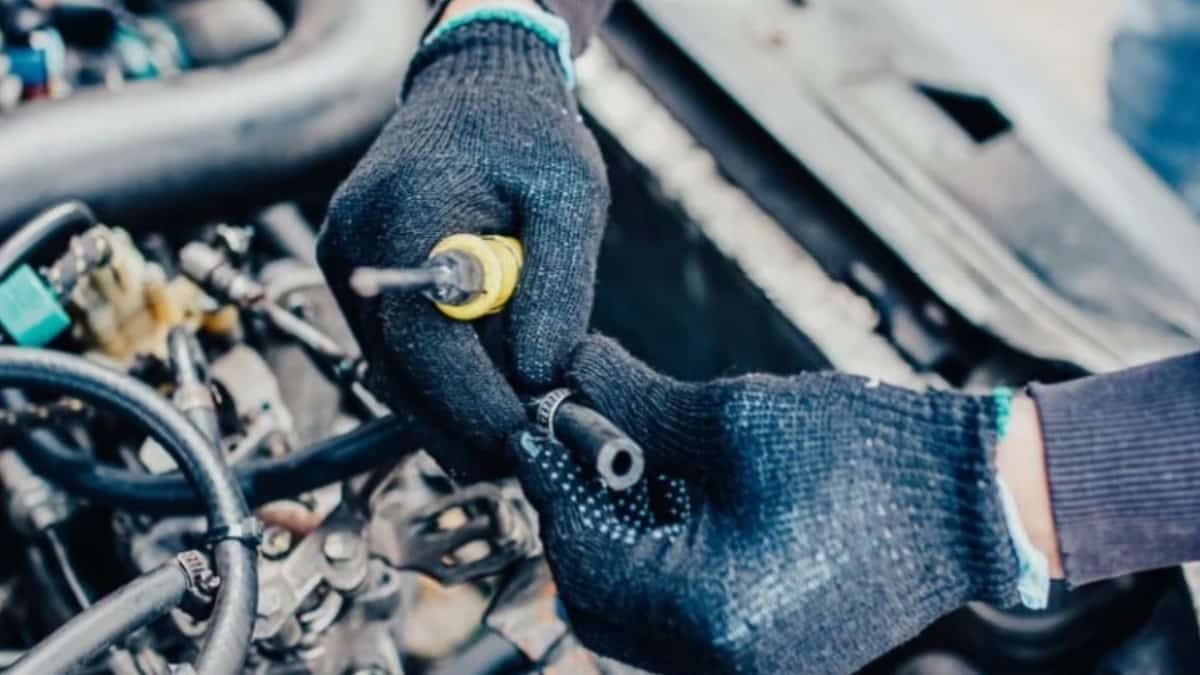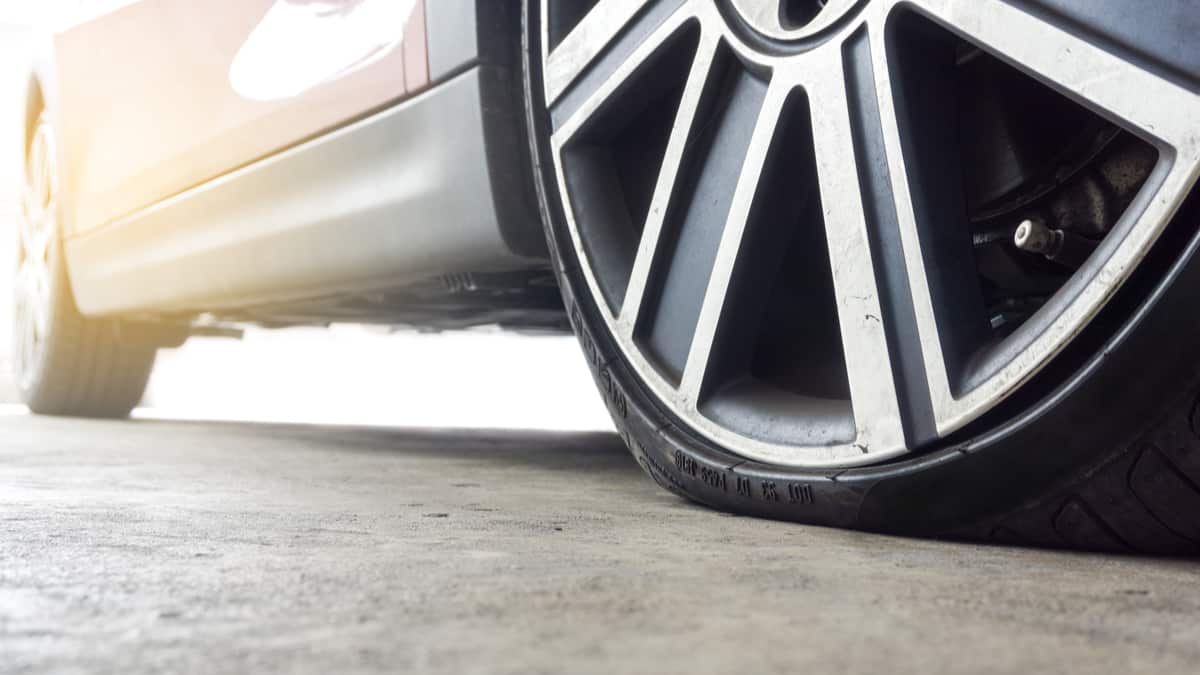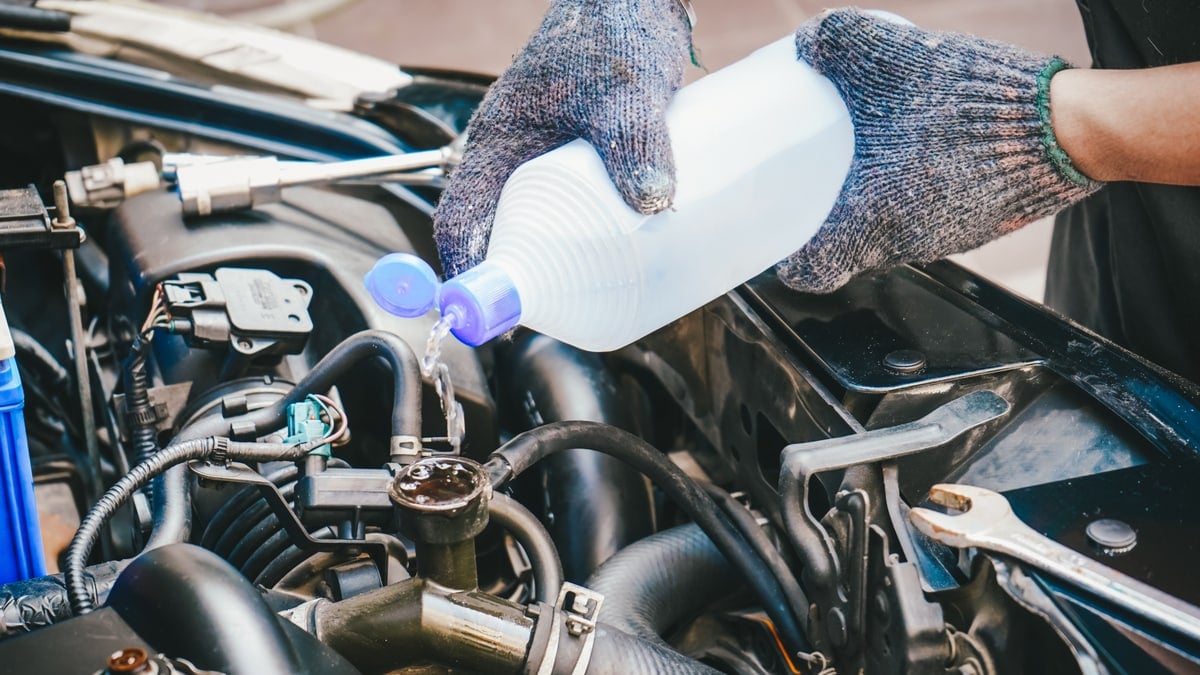Getting a flat tire is one of every driver’s worst nightmares. It can be tempting to continue driving when the tire goes flat, especially if you are in an unsafe neighborhood, but can you drive with a flat tire? If you can, how far should you go?
In this guide, we look at what happens when you drive on a flat tire. We also examine what you should do when the tire goes flat. At the end of our guide, we discuss the average costs of fixing a flat tire.
Can You Drive with a Flat Tire?
No, you should never drive on a flat tire. Even if you simply need to limp it down the road to a tire shop, it’s not a good idea. Not only is the practice unsafe, but it can cause permanent damage to the tire and vehicle components, leading to a more costly repair bill.
The tire repair chosen has a lot to do with the health of the tire. If it’s flat because of a puncture, there’s a good chance it can be repaired, especially if the tread is in great shape. However, if you drive on it and cause more damage, there’s less chance that it can be fixed. You can also damage the rims and suspension parts when driving on a flat tire.
Flat Tire vs. Low Air Pressure
The flat tire has been completly deflated of all its air. This occurs when there’s a puncture in the tire or other damage.
In comparison, low tire pressure is when the tire begins deflating below the recommended PSI. These can be caused by a small leak from a puncture or because the weather has changed. If left unchecked, damage can occur that leads to a flat tire.
RELATED: Is It Dangerous to Drive with Low Tire Pressure? (& What to Do)
Why You Should Never Drive on a Flat Tire
1. Unrepairable Damage
As we briefly touched on earlier, driving on a flat tire is going to cause permanent damage. The tire supports the weight of your vehicle, so when it’s not inflated, it leads to damage. The internal structural workings of the tire are degraded.
Plus, the heat builds up in the tire, allowing it to disintegrate. After this occurs, there’s no way to repair the tire. This is bad news, especially when you find out that the initial puncture could have been repaired for a fraction of the cost.
RELATED: Can You Plug a Hole in the Sidewall of a Tire?
2. Rim Damage
It isn’t just the tire that gets damaged when you drive on it flat. The rim is also subject to serious damage as a result.
Driving on an uninflated tire leaves the weight of the vehicle on the rims instead. These aren’t meant to hold the entire weight, so they become bent or damaged. If you’ve ever had to buy new rims, you know these can be pricey.
RELATED: How Much Do Rims Cost?
3. Vehicle Damage
Beyond the tire and rim, you are looking at serious vehicle damage. When the tire comes apart and pulls away from the rim, the wheel will begin to flail. This problem puts other components at risk, such as the brake lines, fenders, suspension and rotors.
What could have started as a simple tire patch quickly turns into massive auto repairs. Ask yourself how much you are willing to spend to drive a short distance on a flat tire.
READ MORE: Are Tire Plugs or Tire Patches Better?
4. Unsafe
If the cost of repairs isn’t enough to get you from driving on a flat tire, consider the risk of danger. If the tire isn’t inflated, you could easily lose control of the vehicle. This is even more true as the car starts riding on the rim.
Not only are you putting your life in danger, but also that of the other people on the road. When you can’t properly handle your vehicle, you take the choice away from other people. Additionally, if something happens to the brake lines or suspension, you could cause a major accident.
RELATED: How to Fix a Flat Tire Without a Spare
What to Do if You Have a Flat Tire
1. When You Aren’t Driving
Your best chance of dealing with a flat tire properly is to notice it when you aren’t driving. By performing regular tire inspections, you ensure that any minor problems are caught early on to take action. When you perform a tire repair, rub your hand along the front and back of it to see if there are any objects you didn’t spot. If there is, you may be able to have this repaired. Otherwise, if the air pressure is low, pump it back up and monitor it closely.
If the air continues leaking or you notice an object, go ahead and take the tire off. Put the spare tire on your vehicle and take the flat tire to a local repair center immediately. If it’s repairable, you won’t have a lot to spend. However, if the problem exists within the sidewall or the puncture is too large, you might need to have the tire replaced.
RELATED: How to Find the Correct Tire Pressure For Your Car (4 Steps)
2. When Driving
The worst situation is to notice a flat tire while you are driving. You might hear it going flat or feel it. The vehicle might also start pulling to one side, where the tire is flat. Either way, you want to get it looked at right away.
Pull over as soon as it is safe. Don’t slam on your brakes, but instead, remain calm so you can think clearly. Apply increasing pressure and carefully maintain control over your vehicle.
When you pull over, get as far off the road as possible without getting stuck. If there’s a shoulder, try to leave as much room between you and the traffic as you can. You don’t want to get hit by a car while you are trying to change the tire. If you carry emergency equipment, such as flares or cones, put them out behind the vehicle and turn on your hazard lights as a warning.
You don’t want to drive on this flat tire, so you will need to put your spare tire in its place. You can put the flat tire in your car to transport to the nearest service center. If your vehicle doesn’t have a spare or you aren’t sure how to change it, you might need to call for roadside assistance or a tow truck. This is also the best option if you are on a busy road and don’t feel safe changing the tire.
Cost to Repair a Flat Tire
If the tire can be repaired, you might spend anywhere from $10 to $50 per repair. However, if you have a road hazard policy with your tires, the company might repair them or replace them for free as part of this plan.
On the other hand, if the tire needs to be replaced, you will have a larger bill. Depending on the type of car you drive and the tire you need, you could spend $60 to $500 for a new tire. There will also be additional costs if the flat tire causes damage to the rim, suspension or brake components. You can avoid these larger bills by not driving on a flat tire.
Categories: Tires
